Section 16 of your journey starts in Aldeia do Meco and takes you all the way to Lisbon. Near Meco, you’ll find the impressive Lagoa de Albufeira, a lagoon nestled in a dune system. This lagoon has two parts. The smaller one, Lagoa Pequena, is a great spot for birdwatching. It’s called the Small Lagoon Interpretive and has a fenced area with observation points and birdwatching routes. Here, you might see various bird species like the purple swamphen, Eurasian coot, common mallard, gadwall, Eurasian teal, northern shoveler, little grebe, European shag, and osprey.
As you continue your journey, you can choose to go through Fogueteiro, moving away from the coastline. Here, you’ll find the protected area of Arriba Fóssil da Costa de Caparica and several beautiful beaches. Alternatively, you can take the train route that goes over the iconic 25 de Abril Bridge, which will lead you into the heart of Lisbon.
Keep moving from Fogueteiro to Almada, a city on the southern bank of the Tagus River with a history of over 870 years. Almada has important landmarks like its castel, the Boca do Vento Panoramic Elevator, and the Cristo Rei statue. The food in Almada is also a treat, offering a variety of traditional local dishes as well as international and contemporary cuisine. You can enjoy “carvoadadas”, tasty stews, and a range of regional desserts.
When you arrive at Cacilhas, a riverside area serving as a transportation hub, it’s a good idea to explore the region’s historical and cultural heritage before taking the ferry to Lisbon. You can visit the Church of Nossa Senhora do Bom Sucesso, the Quinta do Almaraz Archaeological Site, and even consider joining a guided tour of the Roman Fish Salting Factory of Cacilhas.
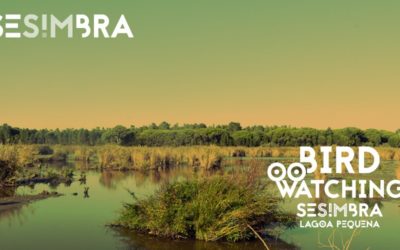
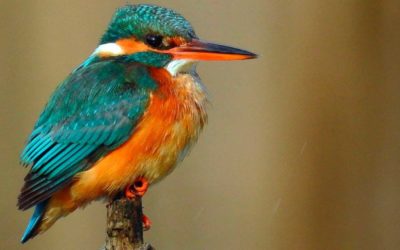

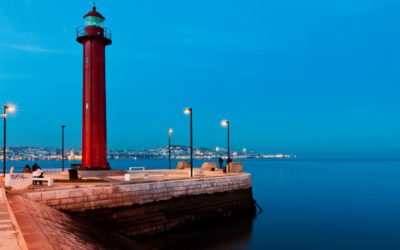
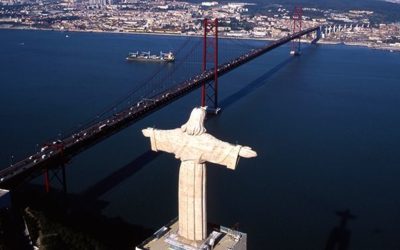
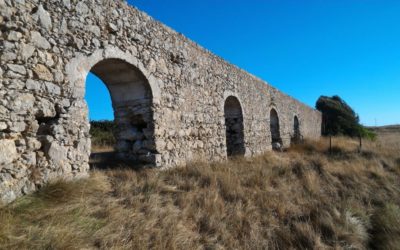
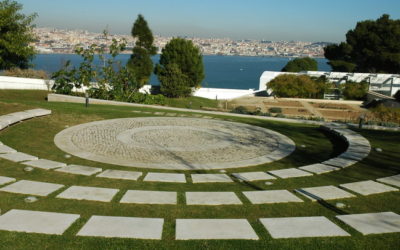


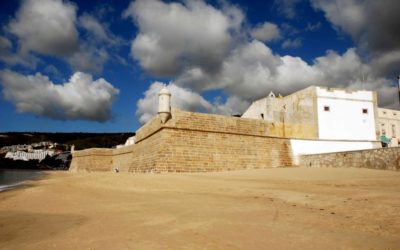
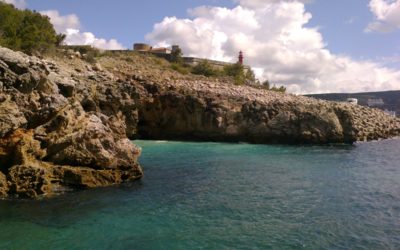
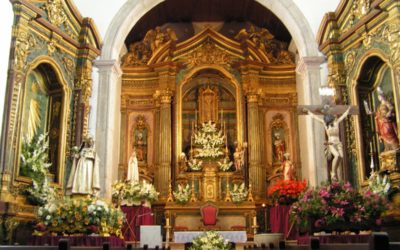
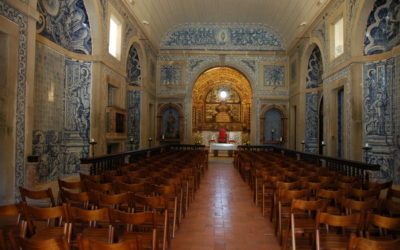
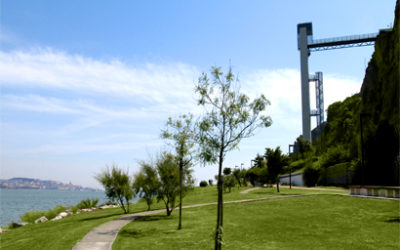
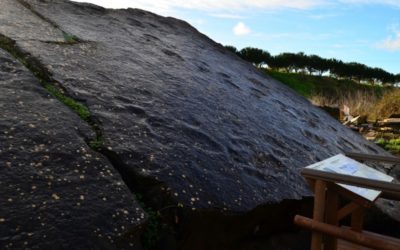
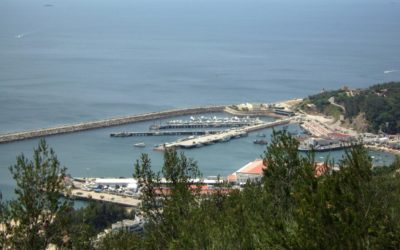
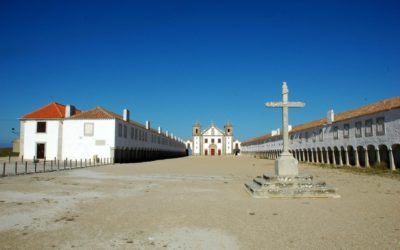

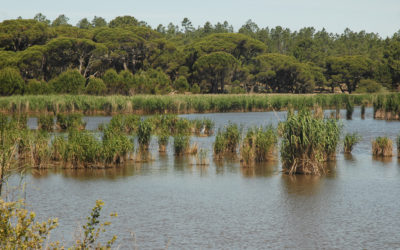
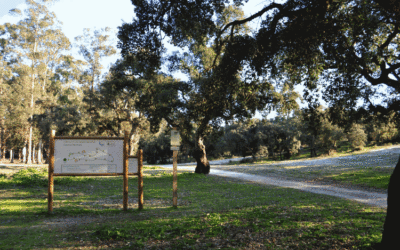
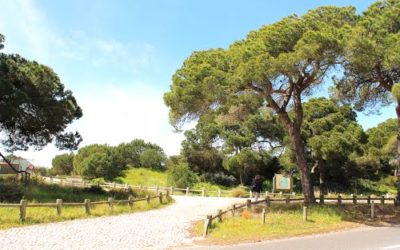
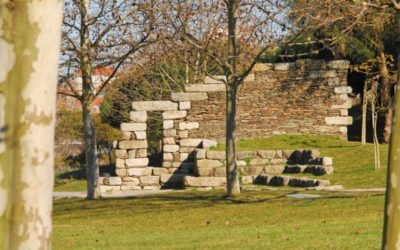
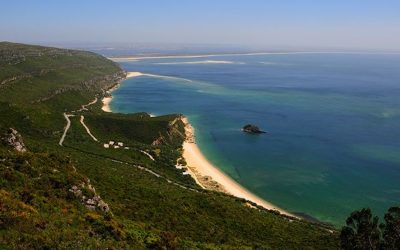
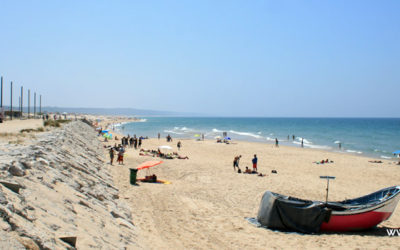
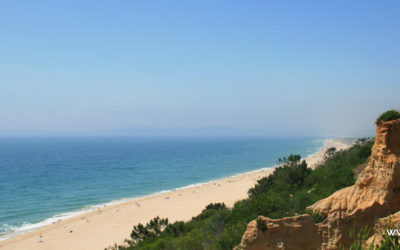

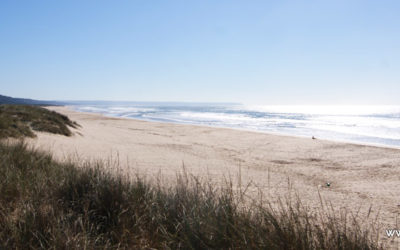

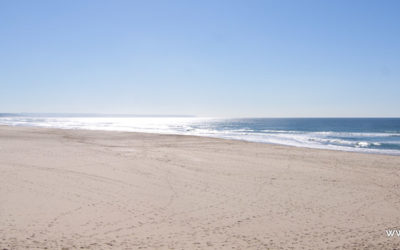
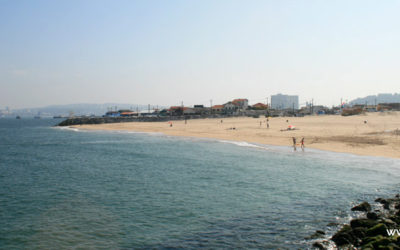
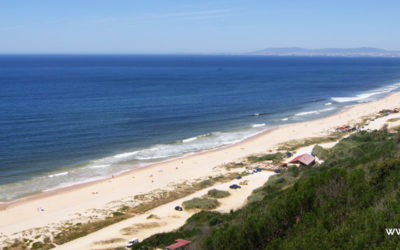
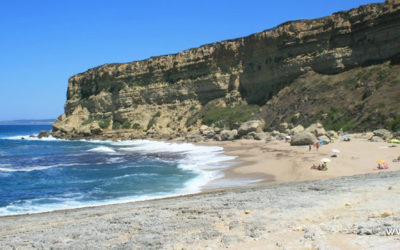
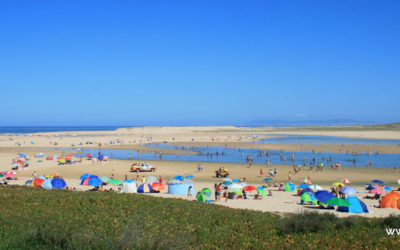
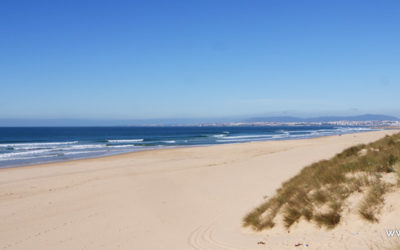

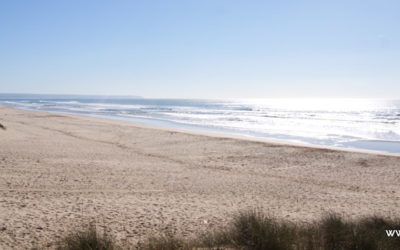



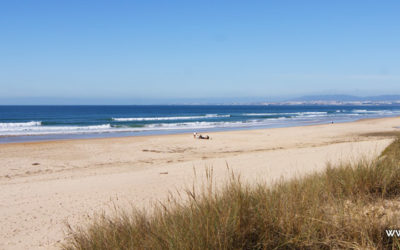
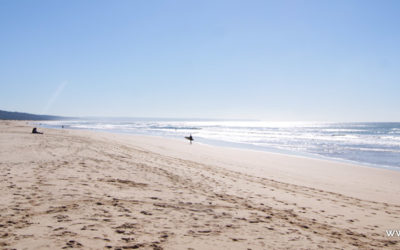
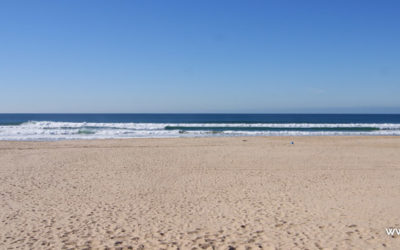
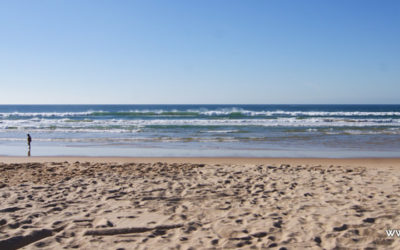
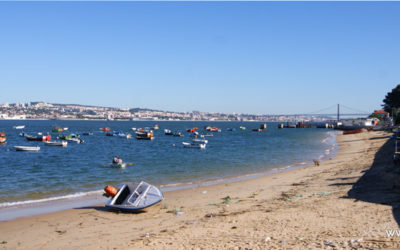
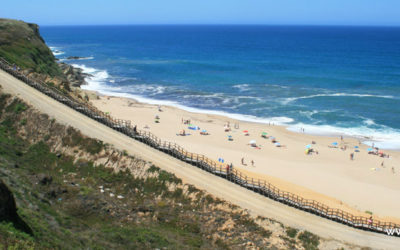

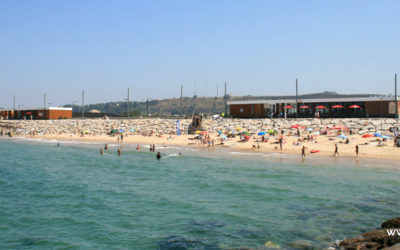
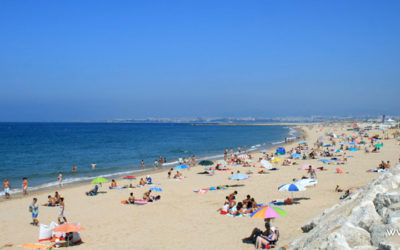


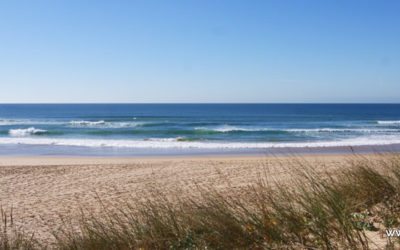
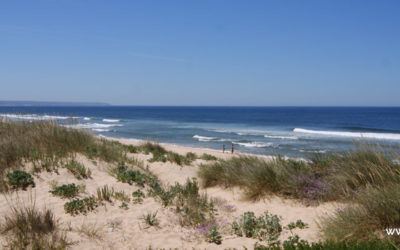
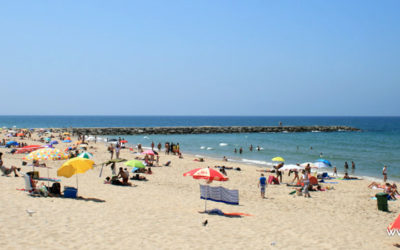


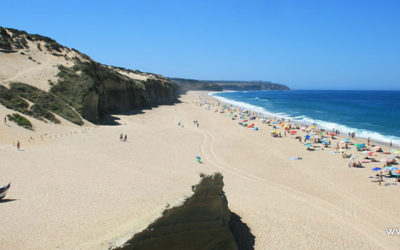
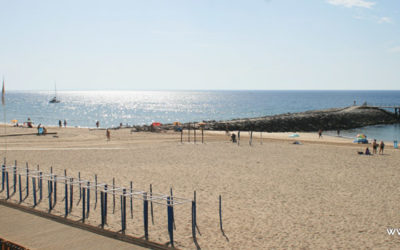
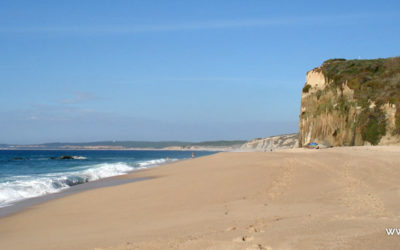

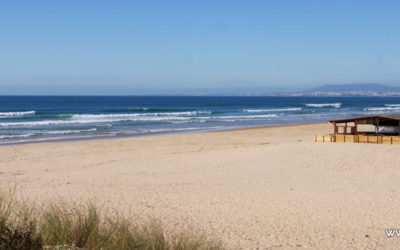
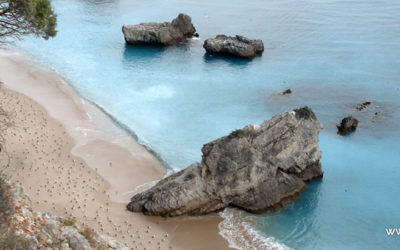
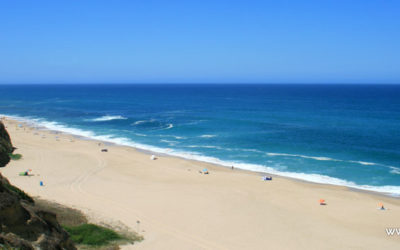

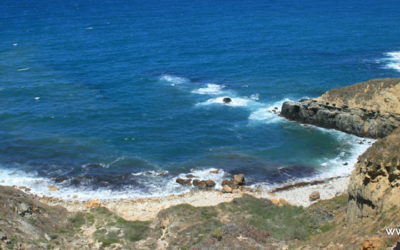
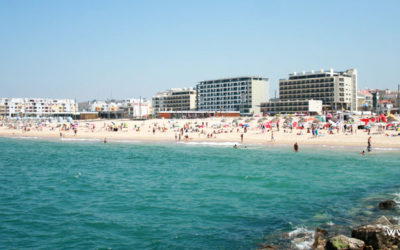
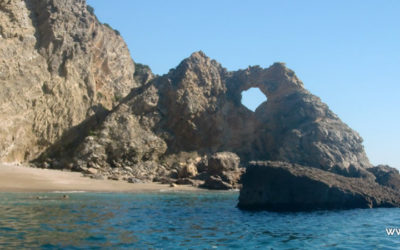
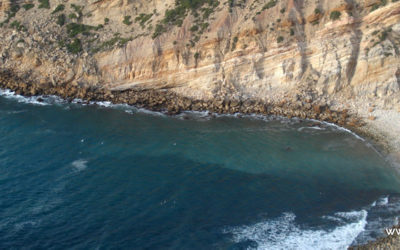
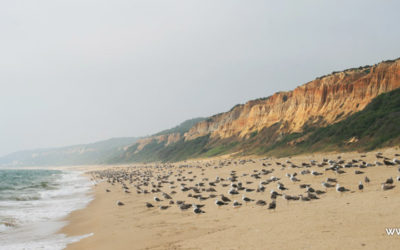

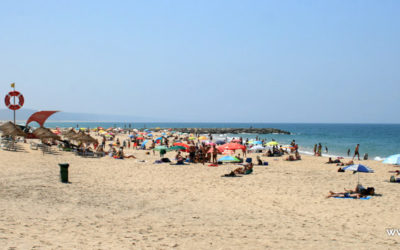
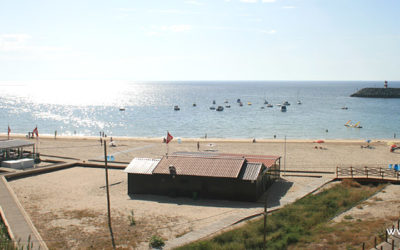
Comments: Section 14